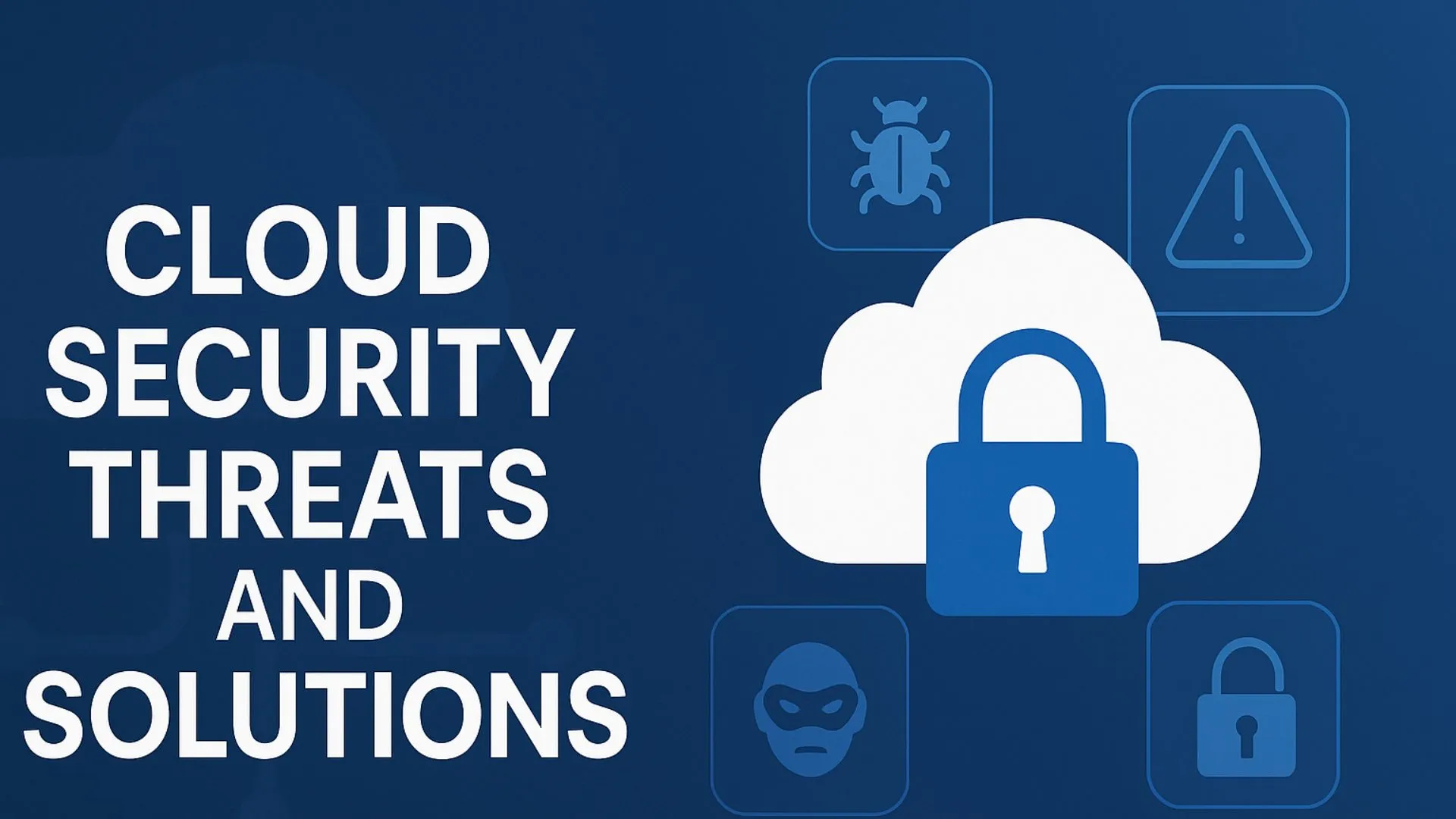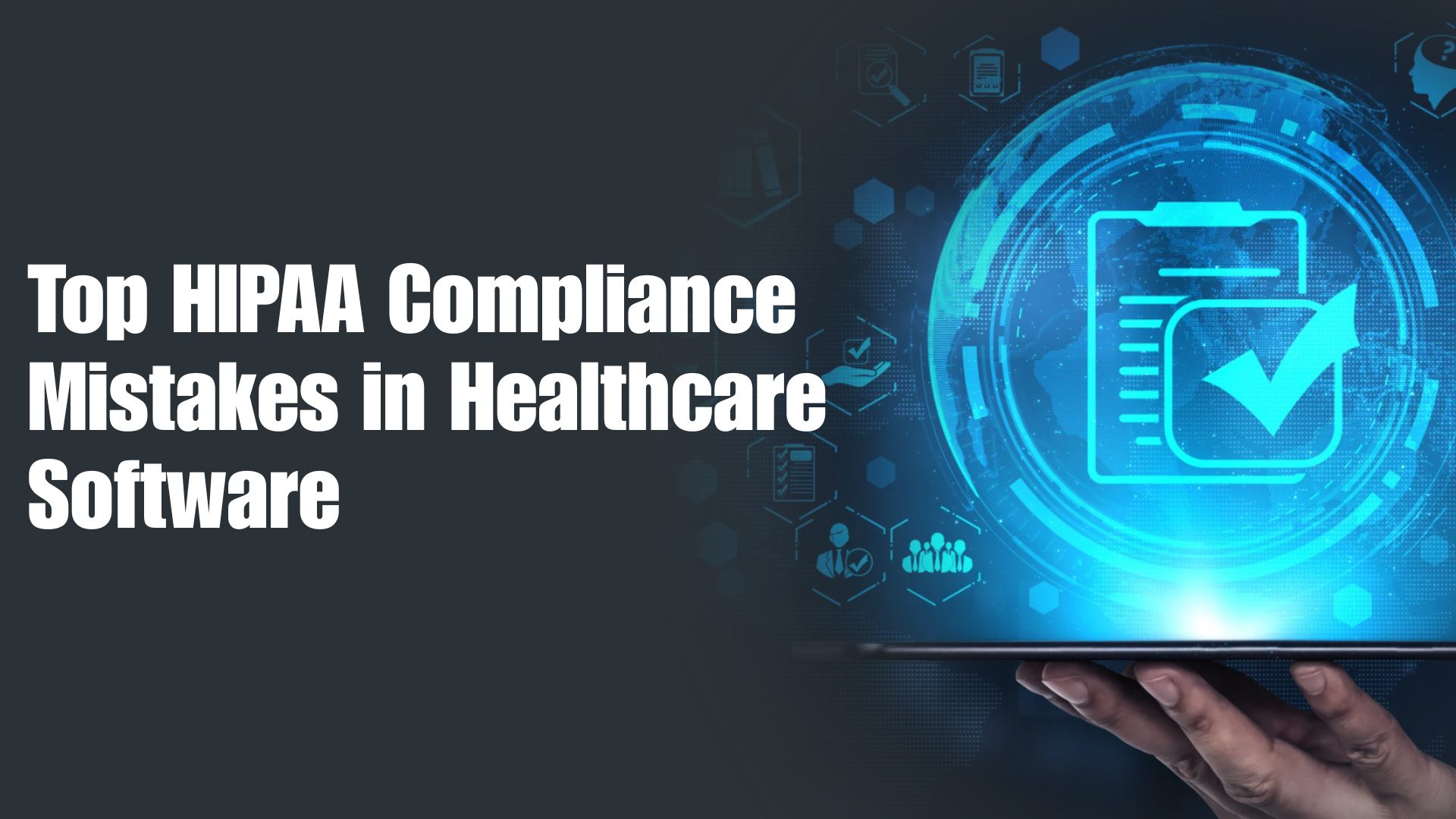Businesses are depending more and more on cloud computing to run apps and store data in today’s digital environment. As organizations strive for efficiency and innovation, the cloud offers an attractive solution with its numerous benefits, including scalability, flexibility, and cost savings. These benefits do, however, come with a number of drawbacks, especially in terms of security. Understanding these cloud security threats and implementing effective solutions is critical for protecting sensitive information and ensuring business continuity. With the rapid pace of technological advancement, staying informed about potential vulnerabilities and protective measures is more important than ever.
The migration to cloud environments is not just a technological shift; it’s a strategic move that requires a comprehensive understanding of the associated risks. As businesses transition, they must adapt to a new security landscape that is continuously evolving. This adaptation involves recognizing the unique threats that cloud computing presents and developing robust strategies to mitigate them. By doing so, organizations can safeguard their data, maintain customer trust, and uphold their reputation in the marketplace.
The Landscape of Cloud Security Threats
As organizations migrate to cloud environments, they face various security risks. The cloud’s dynamic nature adds complications that may result in vulnerabilities.. Here are some of the most common cloud security threats that organizations must be aware of to protect their assets effectively:
Data Breaches
When unauthorized people gain access to private data, data breaches happen. In cloud environments, data breaches can happen due to misconfigured settings, weak passwords, or vulnerabilities in cloud applications. The consequences of a data breach can be severe, leading to financial losses, reputational damage, and regulatory penalties. To combat these breaches, companies must prioritize security configurations and regularly update their security protocols to address emerging threats.
Moreover, data breaches can erode consumer trust and impact an organization’s bottom line significantly. Businesses must implement comprehensive data protection strategies, including encryption and access controls, to prevent unauthorized access. By adopting these measures, organizations can minimize their risk exposure and ensure compliance with industry regulations and standards, which is crucial for maintaining operational integrity.
Insider Threats
Insider threats involve employees or contractors who misuse their access to cloud resources for malicious purposes. These threats can be intentional or accidental and can result in data leaks, unauthorized access, and other security incidents. Organizations must be vigilant in monitoring access rights and ensuring that employees only have the necessary permissions required for their roles.
To mitigate insider threats, businesses should implement strict access controls and conduct regular audits of user activities. Additionally, fostering a culture of security awareness among employees can reduce the likelihood of intentional or accidental security breaches. By promoting transparency and encouraging employees to report suspicious activities, organizations can proactively address potential insider threats before they escalate.
Insecure APIs
Cloud services often rely on Application Programming Interfaces (APIs) to communicate with other systems. Attackers may use these APIs to obtain unauthorized access to cloud resources if they are not adequately secured.. Securing APIs involves implementing robust authentication and authorization mechanisms, as well as regularly testing them for vulnerabilities.
Moreover, businesses should adopt a zero-trust approach to API security, ensuring that all communications are encrypted and monitored. By continuously assessing and improving the security posture of their APIs, organizations can defend against potential attacks and protect their cloud environments from unauthorized access and data breaches.
Misconfiguration
Misconfiguration of cloud settings is a common issue that can lead to security vulnerabilities. This includes incorrect permissions, unprotected storage buckets, and exposed databases. Misconfigurations can provide attackers with an easy entry point to exploit cloud resources. To prevent such vulnerabilities, organizations should implement automated configuration management tools and regularly review their cloud settings.
Additionally, adopting a policy of least privilege, where users are granted the minimum level of access necessary, can reduce the risk of misconfiguration. By ensuring that only authorized personnel have access to sensitive resources, businesses can protect their cloud environments from potential security threats and maintain compliance with regulatory requirements.
Denial of Service (DoS) Attacks
By flooding cloud services with traffic, denial-of-service (DoS) attacks seek to interfere with their availability. These attacks can result in downtime, lost revenue, and frustrated customers. To defend against DoS attacks, organizations should implement traffic filtering and rate-limiting mechanisms to detect and mitigate abnormal traffic patterns.
Furthermore, leveraging cloud service providers’ built-in security features can enhance an organization’s ability to withstand DoS attacks. By maintaining a robust incident response plan and regularly testing their defenses, businesses can ensure that they remain resilient in the face of potential disruptions and continue to deliver uninterrupted services to their customers.
Implementing Cloud Security Measures
Companies must put strong cloud security measures in place to guard against these risks. Developing a comprehensive security strategy involves not only technological solutions but also organizational policies and employee training. Here are some effective strategies that can help safeguard cloud environments and ensure the integrity of business operations:
Cloud Native Application Security
Cloud native application security involves designing and building applications with security in mind from the start. This includes using secure coding practices, conducting regular security assessments, and implementing security controls throughout the development lifecycle. By integrating security into the development process, organizations can create applications that are inherently more secure and resilient to attacks.
Additionally, adopting a DevSecOps approach, which integrates security practices into the DevOps workflow, can further enhance application security. This collaborative effort ensures that security is considered at every stage of development, reducing the likelihood of vulnerabilities being introduced and enabling faster response to emerging threats.
Application Security Solutions
Application security solutions help identify and mitigate vulnerabilities in cloud applications. These solutions include vulnerability scanners, web application firewalls, and intrusion detection systems. By using these tools, organizations can detect and respond to security threats in real-time, minimizing the risk of breaches and ensuring the safety of their cloud resources.
Furthermore, regularly updating and patching applications is crucial for maintaining a robust security posture. By staying informed about the latest vulnerabilities and applying necessary updates promptly, businesses can protect their applications from exploitation and maintain the trust of their customers and stakeholders.
Cloud Data Protection
Protecting data in the cloud is a top priority for businesses. This involves encrypting data both at rest and in transit, using strong authentication mechanisms, and implementing access controls to restrict unauthorized access. Data protection strategies must be comprehensive, addressing all potential points of vulnerability within the cloud environment.
Moreover, organizations should consider implementing data loss prevention (DLP) solutions to monitor and protect sensitive information. By leveraging these technologies, businesses can detect and respond to potential data breaches more effectively, ensuring that their data remains secure and compliant with regulatory requirements.
Cloud Application Security Testing
Regular testing of cloud applications is essential to identify and address security vulnerabilities. This involves carrying out security audits, code reviews, and penetration tests.. By proactively testing applications, organizations can ensure that their cloud environments remain secure and resilient to attacks.
In addition, adopting a continuous integration and continuous deployment (CI/CD) pipeline can facilitate regular testing and updates. This approach enables organizations to quickly identify and remediate vulnerabilities, ensuring that their applications remain secure and functional in an ever-evolving threat landscape.
Secure Application Development
Developers play a crucial role in cloud security. By following secure development practices, such as using secure coding standards and conducting code reviews, developers can minimize the risk of introducing vulnerabilities into cloud applications. Encouraging a security-first mindset among developers is critical for building robust and secure applications.
Furthermore, providing developers with ongoing training and resources can help them stay informed about the latest security threats and best practices. By fostering a culture of continuous learning and improvement, organizations can enhance their overall security posture and reduce the likelihood of security incidents.
Cloud Security Strategies and Best Practices
Protecting cloud environments requires putting cloud security strategies into practice. By adopting a proactive approach and leveraging best practices, organizations can enhance their security posture and mitigate potential risks. Here are some best practices to consider when developing a comprehensive cloud security strategy:
Conduct Regular Security Audits
Regular security audits help identify vulnerabilities and assess the effectiveness of security measures. Organizations can make sure that security standards and laws are being followed by performing audits. Audits also provide valuable insights into potential areas for improvement, enabling businesses to strengthen their defenses and protect their cloud environments.
Additionally, partnering with third-party security experts can provide an objective assessment of an organization’s security posture. These experts can offer valuable recommendations and guidance, helping businesses enhance their security practices and stay ahead of potential threats.
Implement Multi-Factor Authentication
Multi-factor authentication (MFA) adds an extra layer of security by requiring users to provide multiple forms of verification before accessing cloud resources. This reduces the risk of unauthorized access due to stolen credentials. MFA is an essential component of a robust security strategy, providing an additional barrier against potential attacks.
Furthermore, implementing MFA across all access points can significantly enhance an organization’s security posture. By ensuring that only authorized users can access sensitive resources, businesses can protect their data and maintain the integrity of their cloud environments.
Train Employees on Security Awareness
Employees are often the weakest link in cloud security. By providing regular security awareness training, organizations can educate employees on security best practices and reduce the risk of human error. Training should cover topics such as password management, phishing attacks, and data protection, empowering employees to recognize and respond to potential threats.
In addition, fostering a culture of security awareness can encourage employees to take an active role in protecting the organization’s assets. By promoting security as a shared responsibility, businesses can enhance their overall security posture and reduce the likelihood of security incidents.
Monitor Cloud Environments Continuously
Continuous monitoring of cloud environments is essential for detecting and responding to security threats. By using security information and event management (SIEM) tools, organizations can gain real-time visibility into their cloud environments and respond to incidents promptly. Businesses can detect and fix such vulnerabilities before they may be exploited by using continuous monitoring.
Moreover, implementing automated threat detection and response mechanisms can enhance an organization’s ability to detect and mitigate security incidents. By leveraging advanced analytics and machine learning, businesses can stay ahead of potential threats and protect their cloud environments more effectively.
Develop an Incident Response Plan
Reducing the effect of security issues requires a clearly defined incident response plan. This plan should outline the steps to take in the event of a security breach, including communication protocols, containment strategies, and recovery procedures. A comprehensive incident response plan ensures that organizations can respond quickly and effectively to potential threats, minimizing disruption and protecting their assets.
Additionally, the efficacy of the incident response strategy in the face of changing threats can be ensured by routinely testing and upgrading it. By conducting simulations and drills, organizations can identify potential gaps and improve their response capabilities, ensuring that they are prepared for any security incidents that may arise.
Conclusion
In conclusion, cloud security is a critical aspect of modern business operations. By understanding the common threats and implementing effective security measures, organizations can protect their cloud environments and ensure the safety of their data. Whether it’s through cloud native application security, application security solutions, or continuous monitoring, a proactive approach to cloud security is essential for mitigating risks and maintaining business continuity.
By following best practices and staying informed about the latest security trends, businesses can confidently navigate the complexities of cloud security and leverage the full potential of cloud computing. As the digital landscape continues to evolve, organizations must remain vigilant and adaptable, ensuring that their security strategies are robust and responsive to emerging threats. Through collaboration, innovation, and a commitment to security excellence, businesses can build a secure and resilient future in the cloud.







